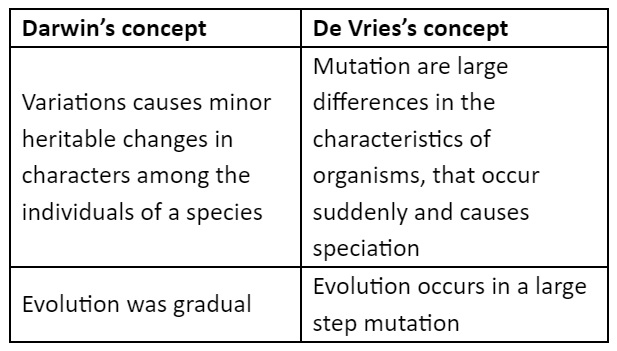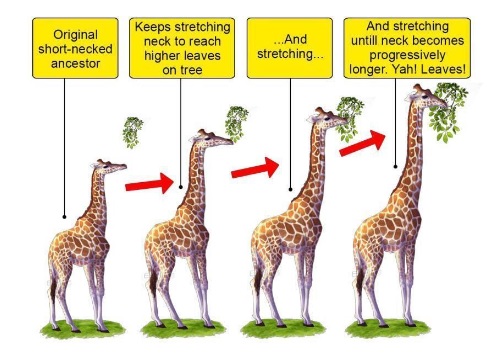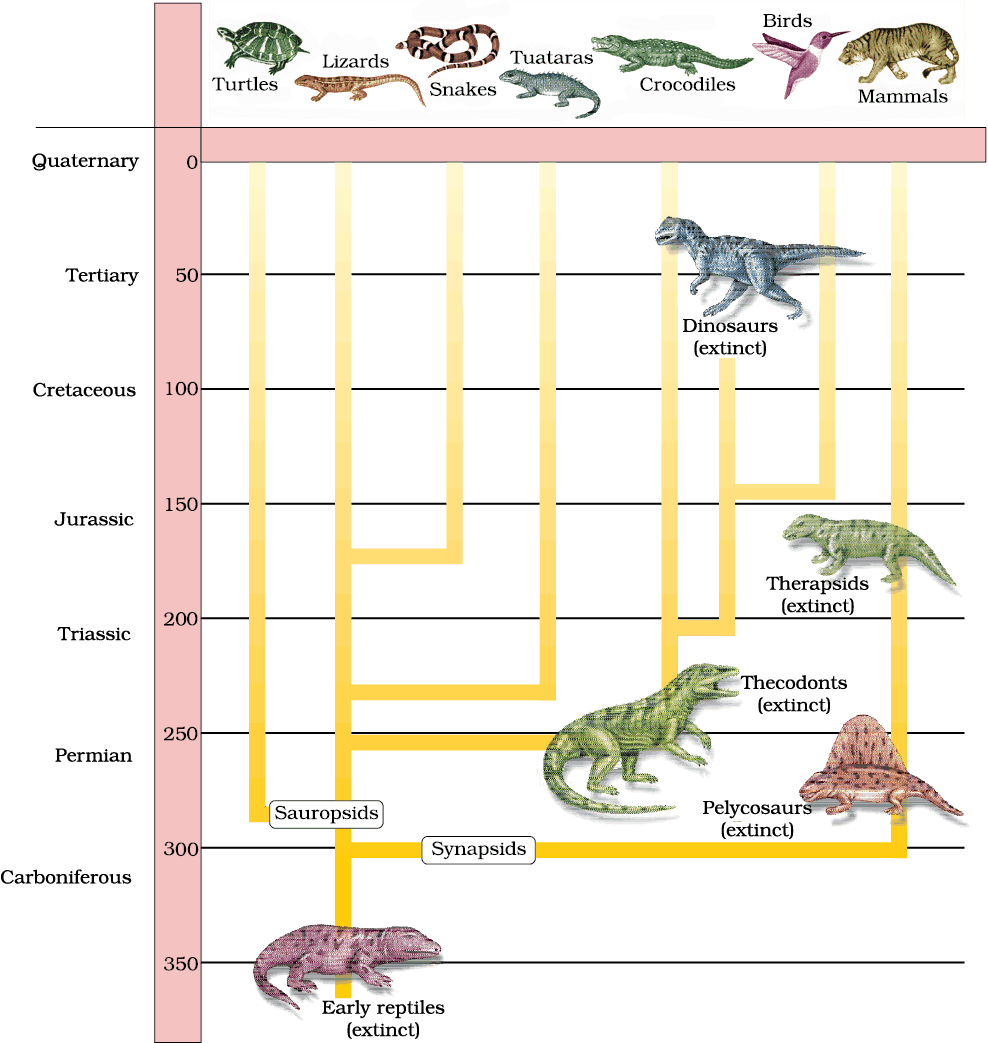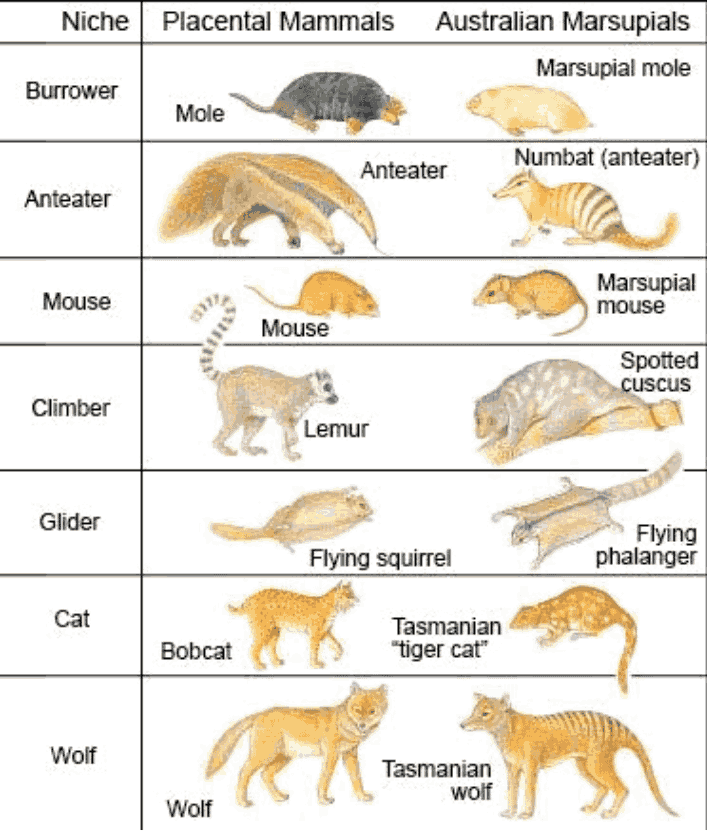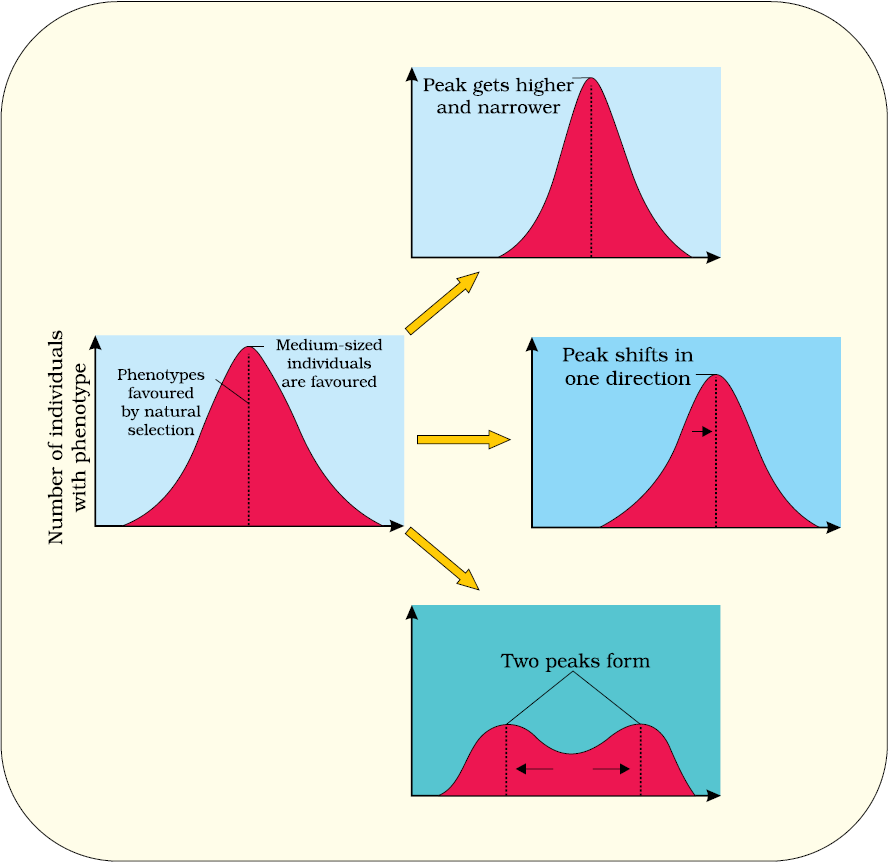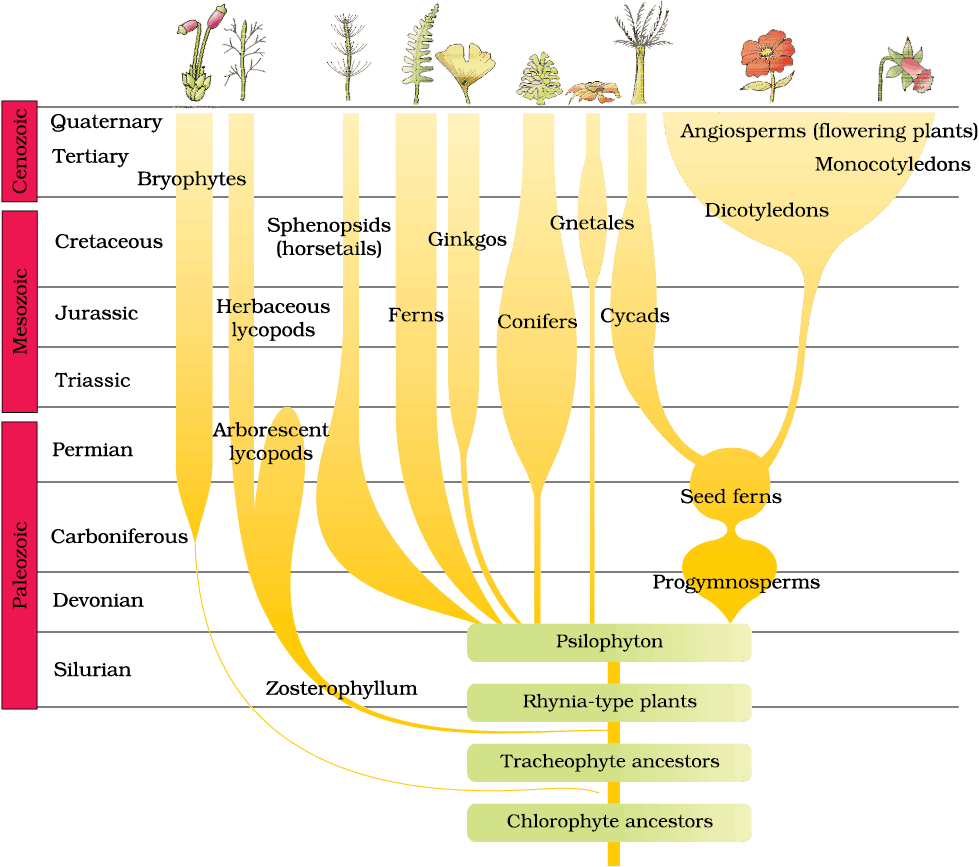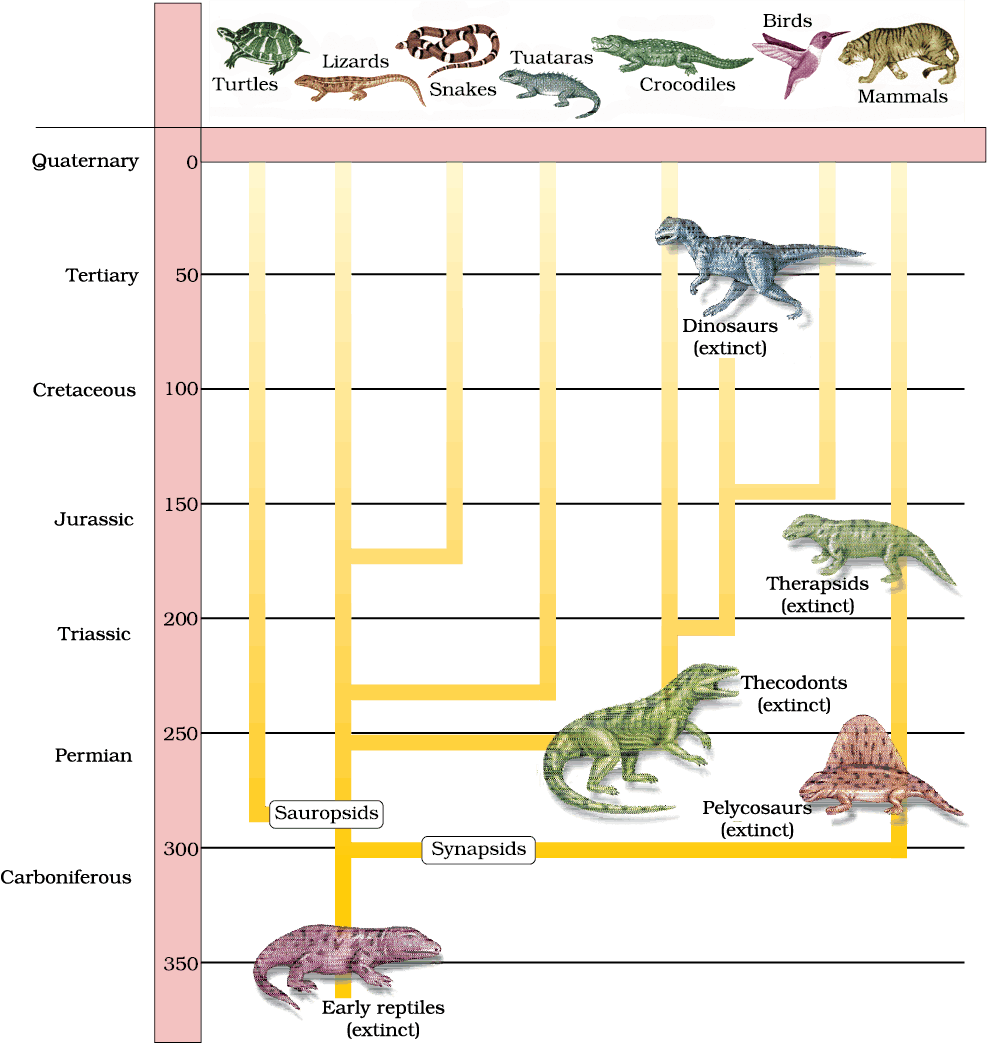Biology Notes for Chapter 6 Evolution Class 12 - FREE PDF Download


FAQs on Evolution Class 12 Biology Chapter 6 CBSE Notes - 2025-26
1. What are the key concepts students should focus on while revising the Evolution chapter in Class 12 Biology?
Students should focus on major evolutionary theories (such as Darwin’s theory of natural selection and Lamarckism), mechanisms of evolution (natural selection, genetic drift, gene flow, mutation), supporting evidence (fossil records, comparative anatomy, molecular biology, embryology), speciation, the Hardy-Weinberg principle, and human evolution. Understanding the connections between these concepts is crucial for comprehensive revision.
2. How does a concept map help in revising the Evolution chapter effectively?
A concept map visually organizes the relationships between key topics like theories, evidences, mechanisms, and timelines in evolution. It helps in linking related ideas, improving retention, and enables quick last-minute revision by summarizing large content into connected points.
3. What are the most common misconceptions students have about evolution, and how can they be clarified during revision?
Common misconceptions include believing evolution is a linear process, confusing ‘adaptation’ with individual change, or assuming all evolutionary changes are due to natural selection alone. These can be clarified by emphasizing that evolution involves branching diversification driven by multiple mechanisms, and changes occur in populations over generations, not individuals.
4. Why is understanding the Hardy-Weinberg principle important for CBSE Class 12 Biology revision?
The Hardy-Weinberg principle demonstrates how allele frequencies remain constant in a population unless acted upon by evolutionary forces. Revising this principle helps students grasp how genetic equilibrium and factors like gene flow, mutation, and selection drive evolution, which is essential for exam application-based questions.
5. What is the best order to revise the topics in the Evolution chapter for maximum comprehension?
Start with the origin of the universe and earth, followed by the origin of life. Next, review theories of evolution (Lamarck, Darwin, mutation theory), then move to evidence supporting evolution, mechanisms (including Hardy-Weinberg), types of evolution (convergent, divergent), speciation, and finally, human evolution. This order builds foundational understanding and connects concepts logically.
6. How can students quickly summarise and remember examples related to convergent and divergent evolution during revision?
Students should create a table or flashcards listing divergent evolution examples (such as homologous organs like the forelimbs of humans, bats, and whales) and convergent evolution examples (such as the wings of birds and insects). Associating examples with definitions helps in quick recall during exams.
7. What strategies can help students efficiently revise the vast timelines and stages of human evolution?
Use timeline charts and mnemonic techniques to remember key stages such as Dryopithecus, Australopithecus, Homo habilis, Homo erectus, Neanderthals, and Homo sapiens. Linking time periods to significant evolutionary milestones aids quick and effective revision.
8. How do the Evolution notes connect with other chapters in Class 12 Biology for holistic learning?
Evolution notes interlink with genetics, ecology, and molecular biology by explaining how gene variations, selection, and adaptation influence biodiversity, population dynamics, and heredity principles, giving students a broad view of biological sciences.
9. What points should be highlighted in revision notes to ensure all exam-relevant mechanisms of evolution are covered?
Ensure to highlight
- Natural selection and its types
- Genetic drift and founder effect
- Gene flow and mutations
- Recombination
- Hardy-Weinberg equilibrium and factors affecting it
10. What are some effective tips for using diagrams and flowcharts during last-minute revision of the Evolution chapter?
Focus on key diagrams like evolutionary trees, comparative forelimb structures, or the Hardy-Weinberg equation. Label major parts, summarize processes in steps, and annotate with quick notes. Clear, self-made visuals speed up last-minute revision and boost retention of complex ideas.


























